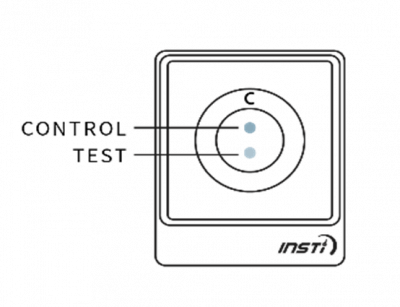The INSTI HIV Self Test has a built-in control dot to let people know whether they’ve performed the test correctly and if they have added enough blood. If there is no control dot visible after completing the test procedure, the test did not work. This means that any result is invalid and must not be interpreted or used. The control dot must appear for the test to be interpreted and used.
If you only see the control dot, the test was not positive and did not detect HIV. This is a negative result.
If two blue dots appear, the test is positive, which means HIV antibodies are present, and confirmatory testing will need to be done. Confirmatory testing can be done through a sexual health clinic or physician or other health care provider who will request the confirmatory test.
If you want help before, during or after you test and you are a participant of the I’m Ready research program or are curious about joining the program and want to learn more, our peer navigators are available to support you through our I’m Ready, Talk secure telehealth service.
Our Care pathways pages on this website have more information available about where you can find confirmatory testing near you, and other resources for HIV care and prevention.
How the results look and what they mean



Visit our Post-test counselling: invalid result page for information on what you should do next. You may also want to read the FAQ about common testing mistakes and how to avoid them.[add link]